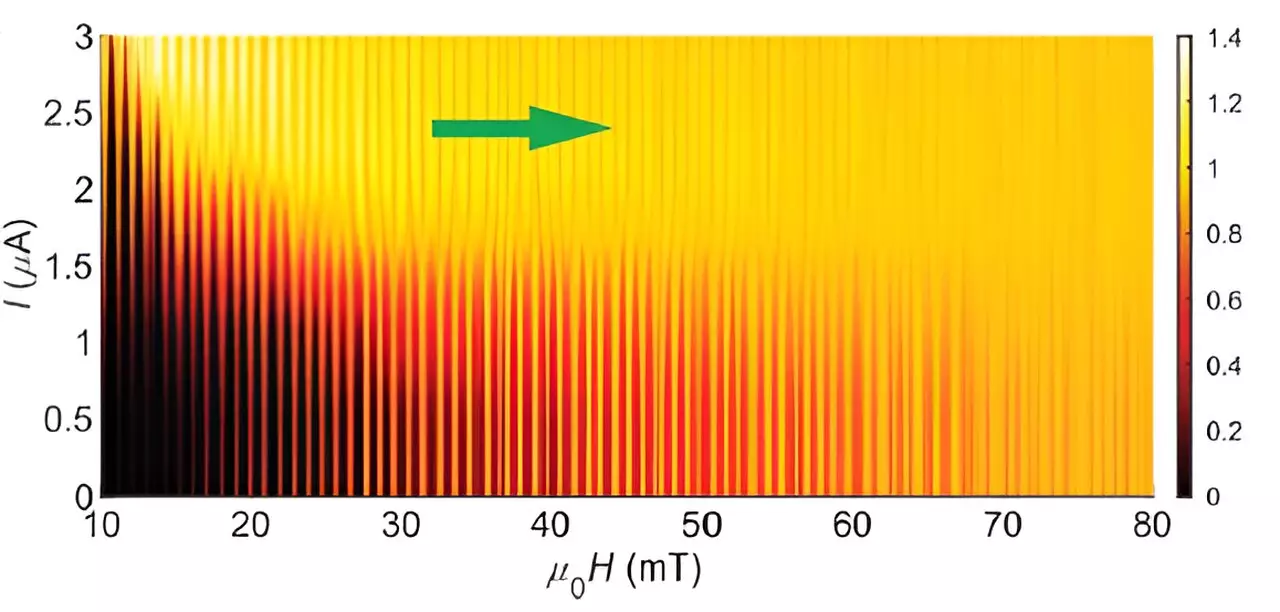In the realm of materials science, topological materials are gaining significant attention due to their unique properties that stem from the knotted or twisted nature of their wavefunction. When these materials interact with their surroundings, the wavefunction must unwind, leading to the emergence of edge states. These edge states exhibit behavior distinct from the bulk of the material, creating a fascinating avenue for scientific exploration.
One particularly intriguing subset of topological materials is topological superconductors. When a topological material possesses superconducting properties, both the bulk and the edge exhibit superconductivity, albeit in a manner that sets them apart. This scenario is akin to two separate pools of water that refuse to merge, showcasing the unusual behavior found in topological superconductors.
One of the most exciting aspects of topological superconductors is the presence of special particles known as anyons. Unlike conventional electrons, anyons have the remarkable ability to retain their position, making them ideal candidates for quantum computing operations. By arranging and manipulating anyons within topological superconductors, researchers can pave the way for quantum technologies with enhanced error protection and efficiency.
Exploring Edge Supercurrents in Molybdenum Telluride
A recent study published in Nature Physics delves into the behavior of superconducting edge currents in molybdenum telluride (MoTe2). This research reveals that these edge currents can accommodate significant changes in the “glue” that binds superconducting electrons together. The ability of MoTe2 to sustain variations in pair potential opens up new possibilities for enhancing supercurrent oscillations and studying the interplay between different pair potentials.
Enhancing Superconducting Properties with Niobium
To further investigate the superconducting behavior of MoTe2, scientists have introduced niobium (Nb) as a means of boosting the pair potential within the material. By depositing Nb onto MoTe2, researchers aim to strengthen the glue holding paired electrons together and observe the resulting changes in supercurrent oscillations. This experimental approach sheds light on the compatibility between different pair potentials and the influence of external materials on the behavior of topological superconductors.
The findings from this study not only validate the presence of edge supercurrents in topological materials but also highlight their potential use in monitoring the behavior of superconducting electrons. By harnessing the distinct characteristics of edge supercurrents, researchers can gain valuable insights into the intricate dynamics of topological superconductors, setting the stage for the development of future quantum technologies and energy-efficient electronics.
As the field of topological materials continues to evolve, the exploration of edge states and superconducting properties opens up a wealth of opportunities for advancing quantum technologies and unlocking new realms of scientific understanding. With each discovery and breakthrough in this burgeoning field, we move closer to harnessing the full potential of topological materials in shaping the future of technology and innovation.

